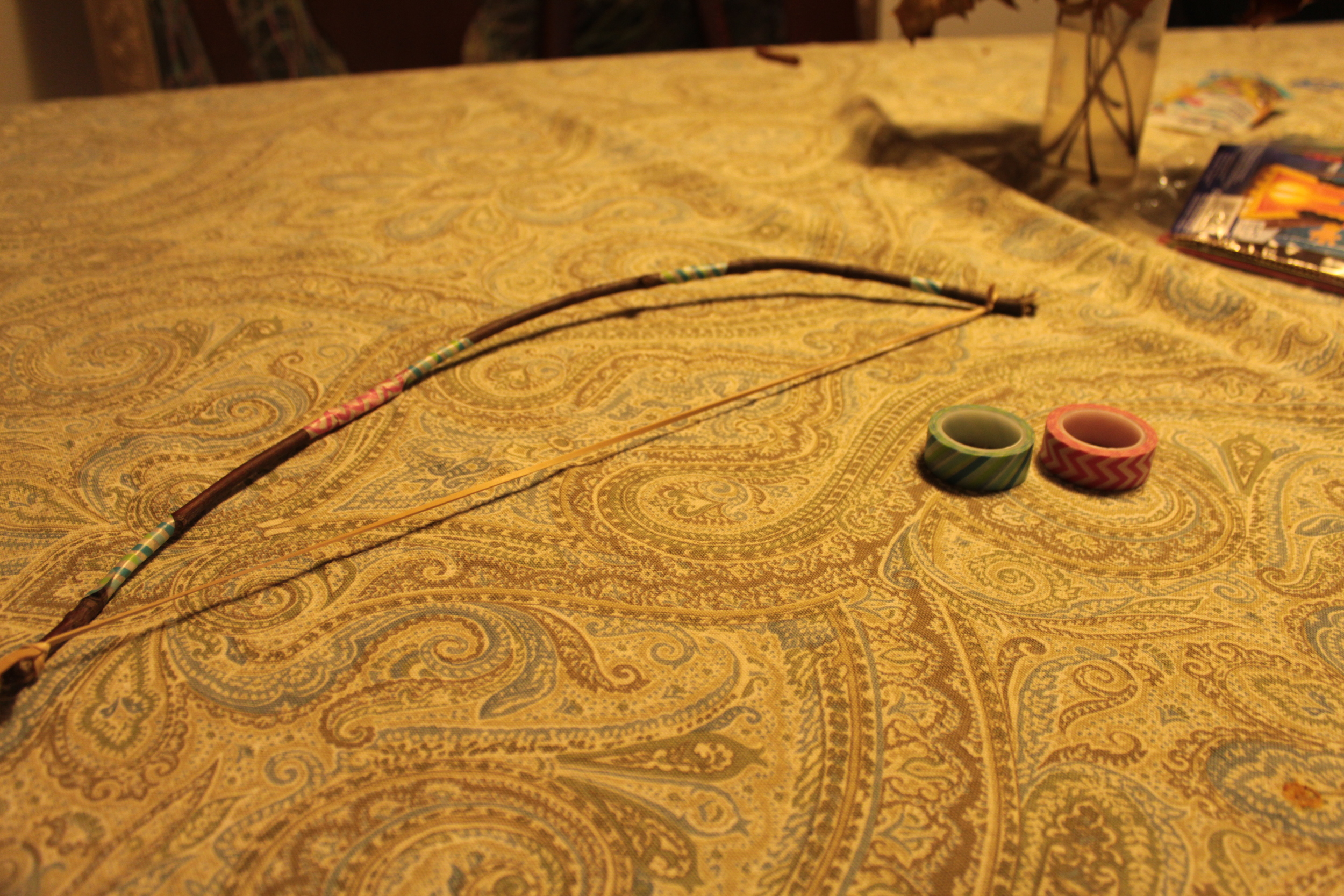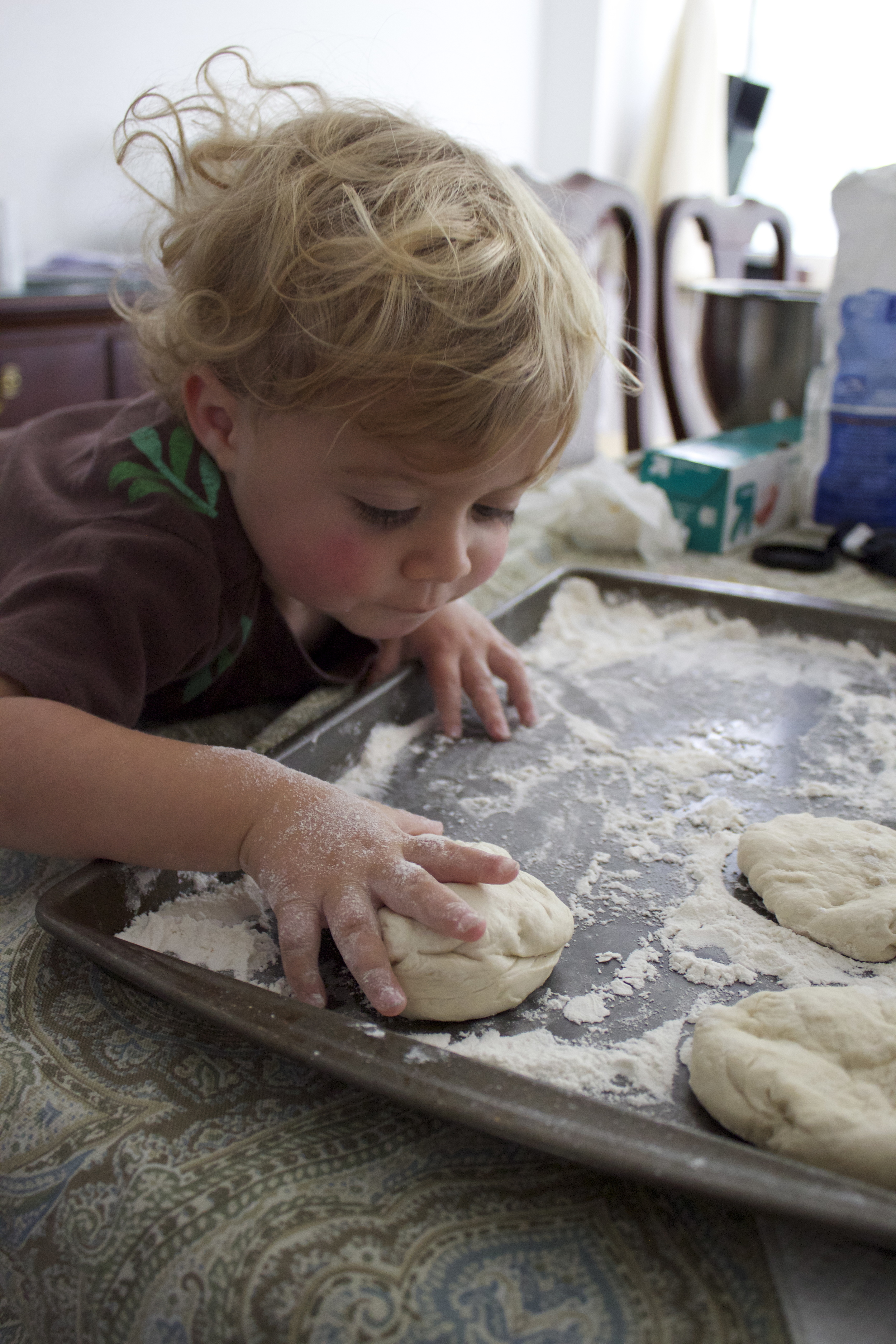Dasara
Dasara is the end of, or sometimes known as a part of, Navaratri. The 10th day is in honor of Durga Devi. The basic purpose behind this festival is to worship the feminine principle of the Universe in the form of the divine mother. The essence of the Navaratri and Dasara celebration at a social level is to remind & respect all the women who are the guardians of the family, culture, and national integrity. Dasara is also a holiday to remind all to take lead in times of crisis, to guide humanity towards the path of social justice, righteousness, equality, love, and divinity.
On the day of Dasara, statues of the Goddess Durga are submerged in the river waters. These statues are made with the clay & the puja if performed. Puja is the act of showing reverence to a god, a spirit, or another aspect of the divine through invocations, prayers, songs, and rituals. An essential part of puja for the Hindu devotee is making a spiritual connection with the divine. Most often that contact is facilitated through an object: an element of nature, a sculpture, a vessel, a painting, or a print.
I did two version of this craft. One made a small bow and the other a large. We did the small version first. Using skewer sticks and rubber bands. However once it was done- it just seemed a little too dangerous for use around the baby, so we did another bow with a stick and a longer rubber band. The second one turned out much nicer and I am actually letting the kids play with it.
To make - cut a rubber band in half and tie the rubber band to each ends of the stick. Done! Of course I got out the washi tape to give just a little something extra! For arrows we actually have been flinging angry birds from a board game we have laying around or sticks left over from a cake pop experiment.
First version made with skewer stick with pointy ends cut off.
Cutting the rubber band
Tied up at the ends.
Washi tape decorated.
Aiming a rouge cinnamon stick.
For our food we made "corn rolls." The recipe we were inspired from can be found here.
For our version:
Ingredientswere:
- can of corn
- half can of green chilis
- ground pepper
- 1/2 cup flour
- salt
oil for pan frying
- bread crumbs
1/4 cup gram flour
- 1/4 cup all purpose flour
- 1/4 tsp baking soda
- salt
- 2 cups water
Method:
- Mix the corn and chilis and blend together with hand mixer or blender.
Mixing corn and green chilies.
2. Add mixture to 1/2 cup flour and salt. You can add spices here if desired. set aside.
3. Make batter with the gram flour, flour, baking soda, salt, and water.
4. Using corn, chili, and flour mixture make 1 inch diameter balls then dip into batter mixture and coat with bread crumbs.
Coating with bread crumbs.
5. Fry bread crumb covered rolls until all sides are golden brown.
Frying. Apologies for state of my stove top.
6. When finished you can eat as is or dip in a sauce of your choosing.
Finished product.
The kids liked these- which is not surprising with the sweetness of the corn and the pan fried fatty goodness. Enjoy your Dasara holiday and thank you for reading!

































